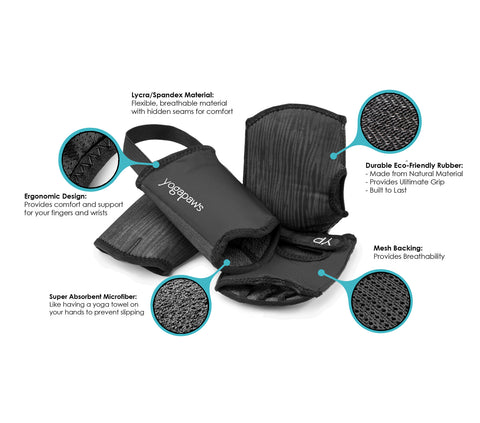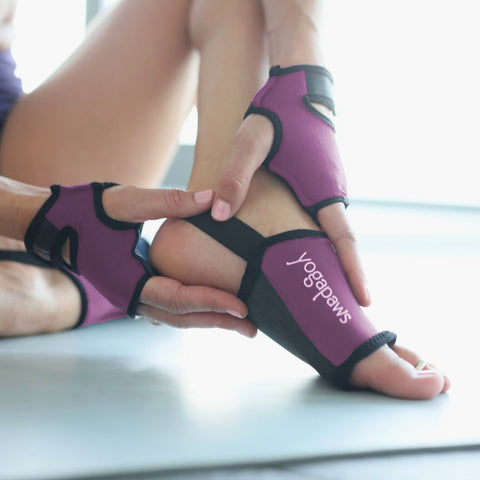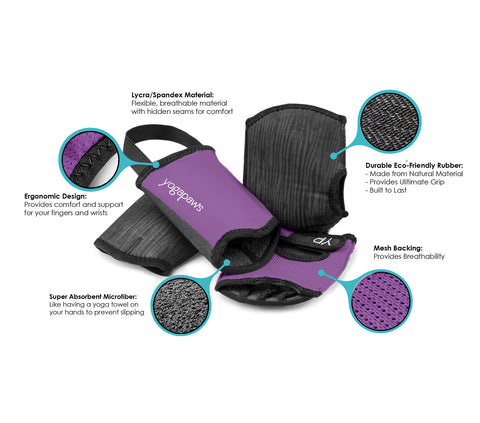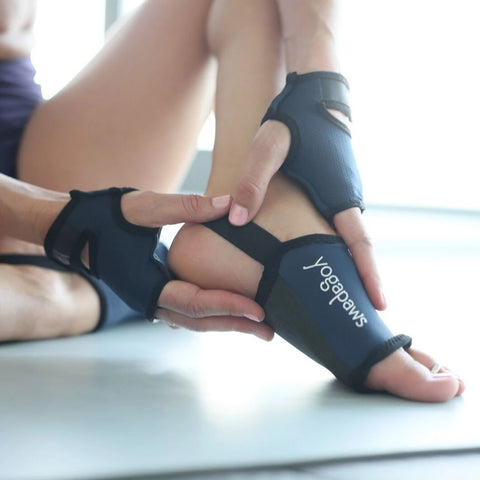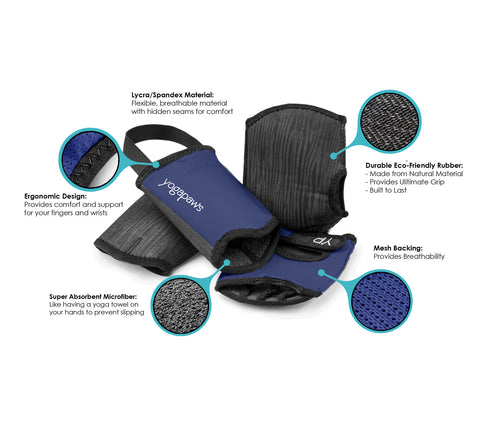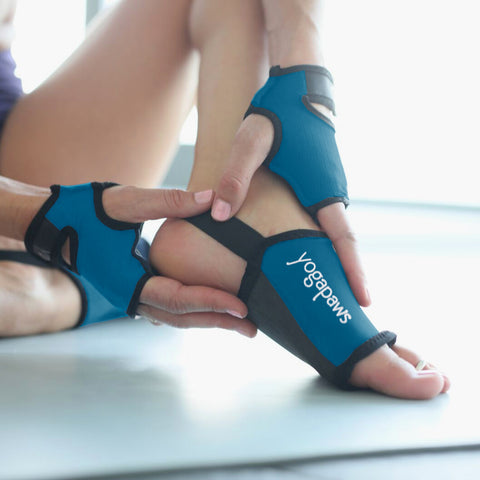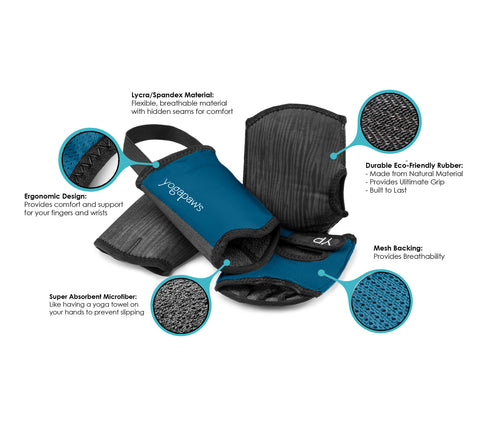Posted on May 01 2018

Your obliques are a crucial component of both your core strength and flexibility. Whenever you move out of a rigid plane of motion, you’re calling on them to support you, whether that’s slipping and sliding on an icy sidewalk, or simply dancing. In yoga, too, a strong side body is integral for opening up your body to fully explore twists and to lifting up from your underside to extend fully into poses such as side plank or Revolved Triangle Pose.
When you are trying to balance in any standing pose, especially with one leg raised, your obliques are responsible for much of your stability. In twists, they have to have enough flexibility to allow your torso to rotate. A core that is strong throughout the front, back, and side bodies is a vital complement to arm strength in poses that challenge the whole body — as in Plank Pose or Chaturanga Dandasana (Four-Limbed Staff Pose). This encircling girdle of well-developed muscles pays dividends off the mat as well, making for an easier gait when walking, sitting up straighter and, for many, easing back pain.
On a deeper level, this sideways thinking invites students to investigate some off-the-grid thinking. Twisting, bending, and balancing requires intense focus and a lot of momentary readjustment to hold these positions. It’s harder just to “phone in” the movements that place your body off-kilter. But, the more you call on your side body to knit together your core and back, the more you find yourself able to confidently tap into the fresh thinking that makes challenges into opportunities.
Here are some poses and tips for stretching and strengthening your side body:

|
Utthita Parsvakonasana (Extended Side Angle Pose) Benefits: This standing side bend encourages you to stretch your sides while keeping your center engaged. How to do it: Begin in Tadasana (Mountain Pose). Step or hop your feet three to four feet apart. Lift your arms out to the sides until they are parallel to the floor. Focus on reaching out through your fingers, palms down. Turn your left foot in slightly and turn your right foot out 90 degrees. Anchor the outside of your left foot into the mat and bend your right knee. Bring your left arm up toward the ceiling and turn your palm toward your head. Look to your left. Exhale and bend to your right, trying to put the right side of your torso on your right thigh. Place your right fingertips or hand on the floor or a block just outside of your right foot. If that stretch is too deep, place your right elbow on your right knee with the palm up. Hold the pose for 30 seconds to one minute, then release and repeat on the other side. |
 |
Ardha Chandrasana I (Half Moon Pose) Benefits: This pose provides a deep stretch for your sides. How to do it: Start in Tadasana. Bring your left arm up toward your ear. Turn your palm so that it faces your head. Keep your hipbones parallel. Engaging your center and bend to the right on an exhale. To deepen, inhale both arms overhead and interlace all except the index fingers. Remain there for three to five breaths, then return to center and switch sides for the same amount of time. |
 |
Parivrtta Trikonasana (Revolved Triangle Pose)
|
Stretch Both Sides. Whenever you do a side-bending pose, concentrate on keeping length in the side you are bending toward as well as the side you are stretching.
Stay Square. In a lot of side bends, it’s tempting to bring the top shoulder forward. Think of rolling it back to counteract that impulse.
As you practice side bends, remember that there is no prize for how far you can bend. Find a place where you feel a stretch, but don’t compromise your alignment to get there. And, as always, keep the focus on your breath. If it feels constrained or shallow, back out of the pose a bit. Side bending can help wring out tension and free your muscles. Take advantage of that to free your mind as well.
Featured Yogi: @odettehughesyoga in Extended Side Plank


